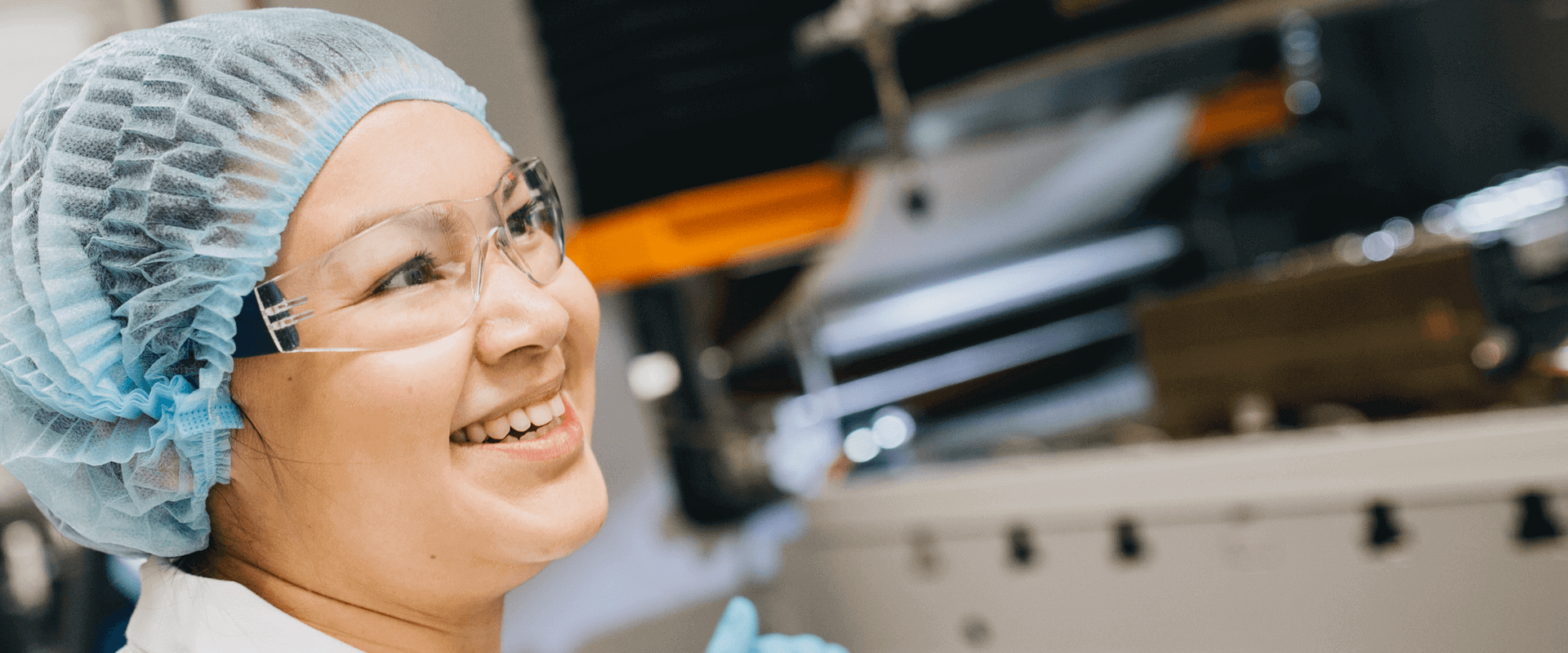
Q&A overview
Questions you might have
Find the answers to some frequently asked questions right here. If you have questions we haven’t answered yet, just reach out.
Dry Molded Fiber
Access the technology
Packaging applications
Machinery
Partner
The Blister Pack Collective
Couldn’t find what you’re looking for?